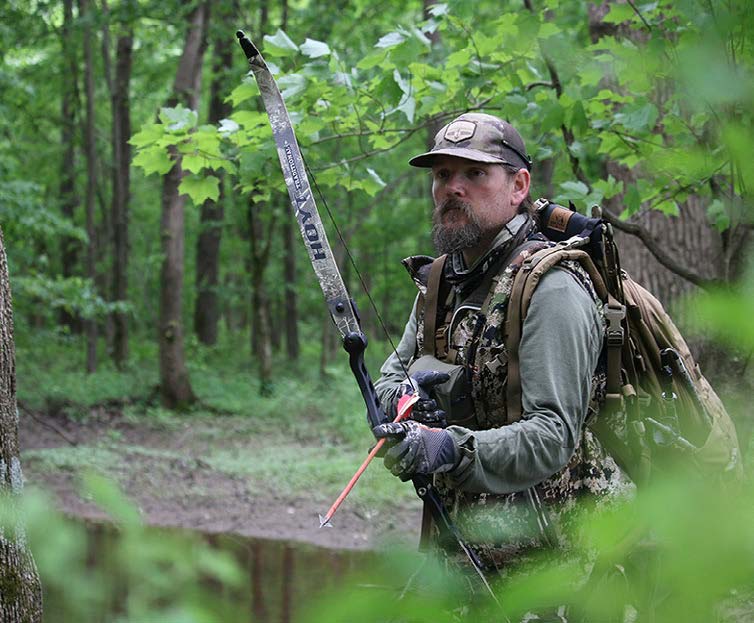An arrow soars through the air, whistling a keen tune as it finds its destination in the target. Archers have experienced that lovely sight for thousands of years, and hopefully, it’s one that will continue for thousands more. Archery has changed greatly since its origins and is likely to continue to do so. Here’s a brief look at how archery has evolved throughout history.
ORIGINS
Exactly when archery began is unknown, but cave wall paintings suggest that the practice was adopted very early in mankind’s history. The oldest paintings on record are in Spain, and they are likely to date back nearly 10,000 years. Still, archery can has its roots in Africa sometime around the Middle Stone Age. Then, it likely worked its way up into Eurasia and outward from there.
7,000-6,000 B.C.
During this period, arrow technology supposedly was advanced in Egypt, when humans began to use sinew glue to attach feathers to arrow shafts. This step helped guide the arrows much better and allowed the weapons to be much more accurate when aimed.
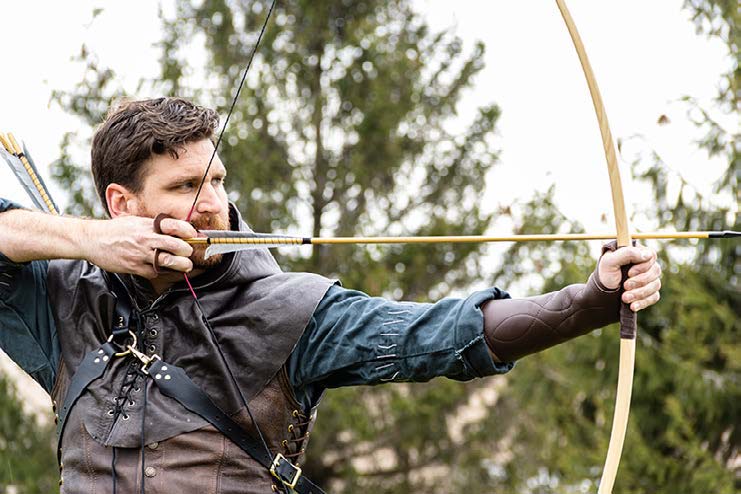
6,000-5,000 B.C.
Archers from Denmark took things a step further and began making and using properly tillered recurve bows. This means the bows’ limbs were properly positioned, effectively mirroring the top and bottom of the bow, which marked a significant advancement in bow technology.
It’s also believed that the Chinese created the first crossbow around this time. This development sup- posedly occurred around 6,000 B.C. or perhaps a bit later. That said, it’s certain that the technology spread outward from Asia.
5,000-3,000 B.C.
Egyptians continued to make changes and advancements to the longbow. Their work is partly credited with carrying the country into its incredibly successful military campaigns. Of course, archery continued to be a big part of life in North Africa, Mesopotamia, Eurasia, India, and in European countries. It continued to be used for warfare and hunting.
Interestingly, a mummified corpse was discovered in 1991. The man had a quiver full of arrows, and experts have dated the find to this period. Ironically, the man had been shot with an arrow, and it was lodged in his back.
2,000-1,000 B.C.
The Assyrians continued to develop archery technologies and embed them into their military tactics. Their version did not shoot for as great of a distance, but they were able to fire arrows more frequently. Other civilizations continued using and developing archery, too.
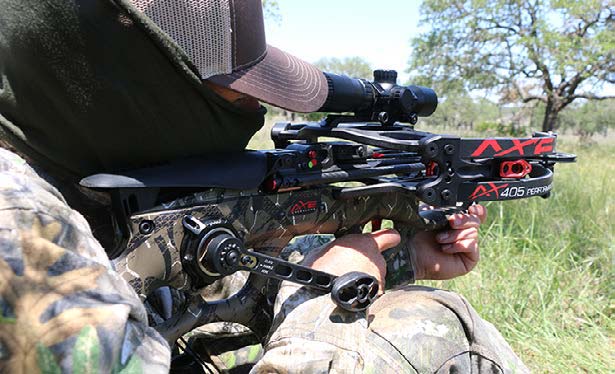
HORSES, BOWS AND ARROWS
1000-1200 A.D.
It’s believed that the Asians mastered the combination of horseback riding and archery before anyone else did. Genghis Khan’s Mongolian Empire resulted from the successes of this tactic. According to Archery 360, bowmen riding on horseback were the reason for these massive conquests. The Mongolian Empire stretched to cover a total land mass the size of Africa.
1,300-1500 A.D.
Around this period, the English invested heavily in the longbow and centered the country’s military style around its technology. Because of the unmatched range of their longbows, the English began to dominate the region. Crossbows were still very popular, though.
1,500-1,650 A.D.
Eventually, during the Medieval period and with the advent of firearms, archery was rendered outdated for warfare. Archery continued to be used in North America, Africa and within other primitive civilizations, especially those that did not have access to firearms.
Interestingly, while archery was being phased out of war, the public started gravitating toward archery for recreation. During this period, the first documented archery competitions began. A new way of life began taking shape.
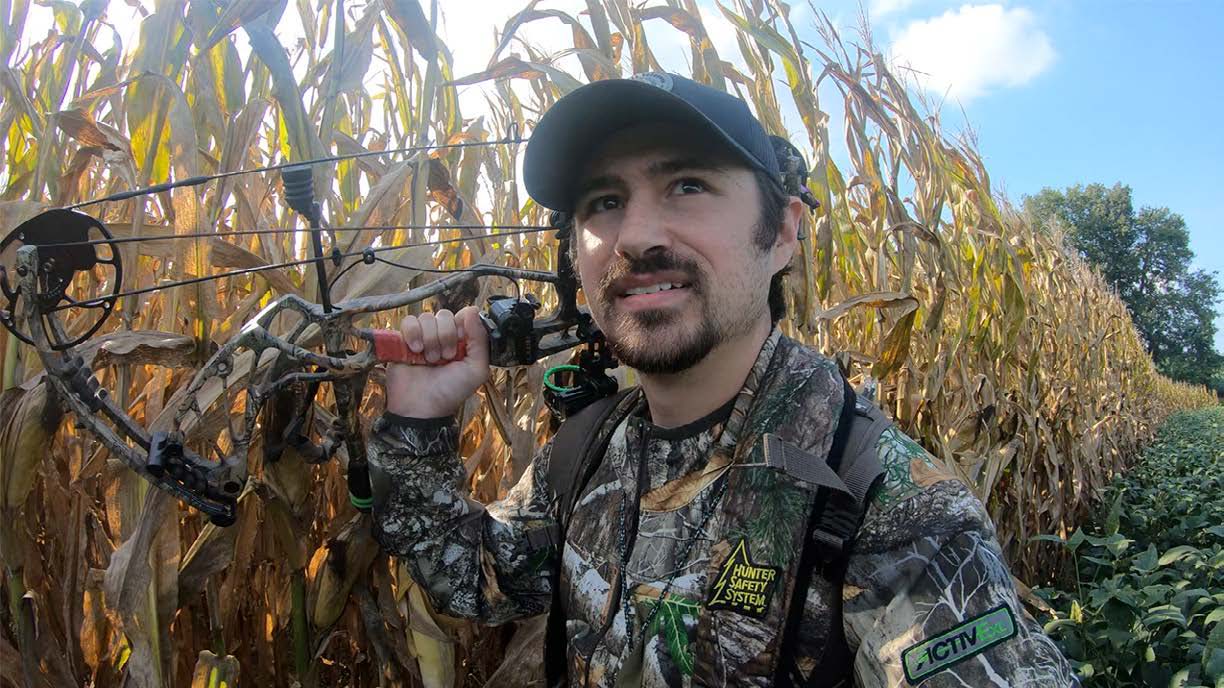
Late 1650s-Late 1800s
Archery was still in military use in certain primitive regions. In more developed regions, where firearms had been used for some time, recreational archery really took hold. People locat- ed in Europe started holding regular competitions, and these began to gain popularity elsewhere, too. In addition, archery organizations begin to form, including the National Archery Association (NAA).
1900s-1950s
After the turn of the 20th century, archery started to become a recognized sport. It even found a home as an Olympic event. Archers began forming clubs and holding competitions worldwide. People in Asia, Europe and North America continued to show increased interest in recreational archery.
Ishi, who was part of the Yahi Indian tribe, also entered the public eye in the early 1900s. A doctor named Saxton Pope befriended the Yahi people, and they taught him early archery techniques. Pope became an avid bowhunter and eventually created the Pope and Young Club with Arthur Young.
With the American manufacturing scene booming, Ben Pearson started making bows and arrows on a magnificent scale. In 1939, Doug Easton invented aluminum arrows, and they arrived on the scene in massive proportions. Some in society were against these, but consumers wanted more. In the 1940s, Early Hoyt Sr. and his company continued to improve bows, including the limbs and grips. At that time, they were still focused on making wooden bows and arrows. Fred Bear made giant steps forward during this time, too. He made major advancements in limb technology and introduced a beneficial quiver to the market. Plastic vanes even took hold during this timeframe.
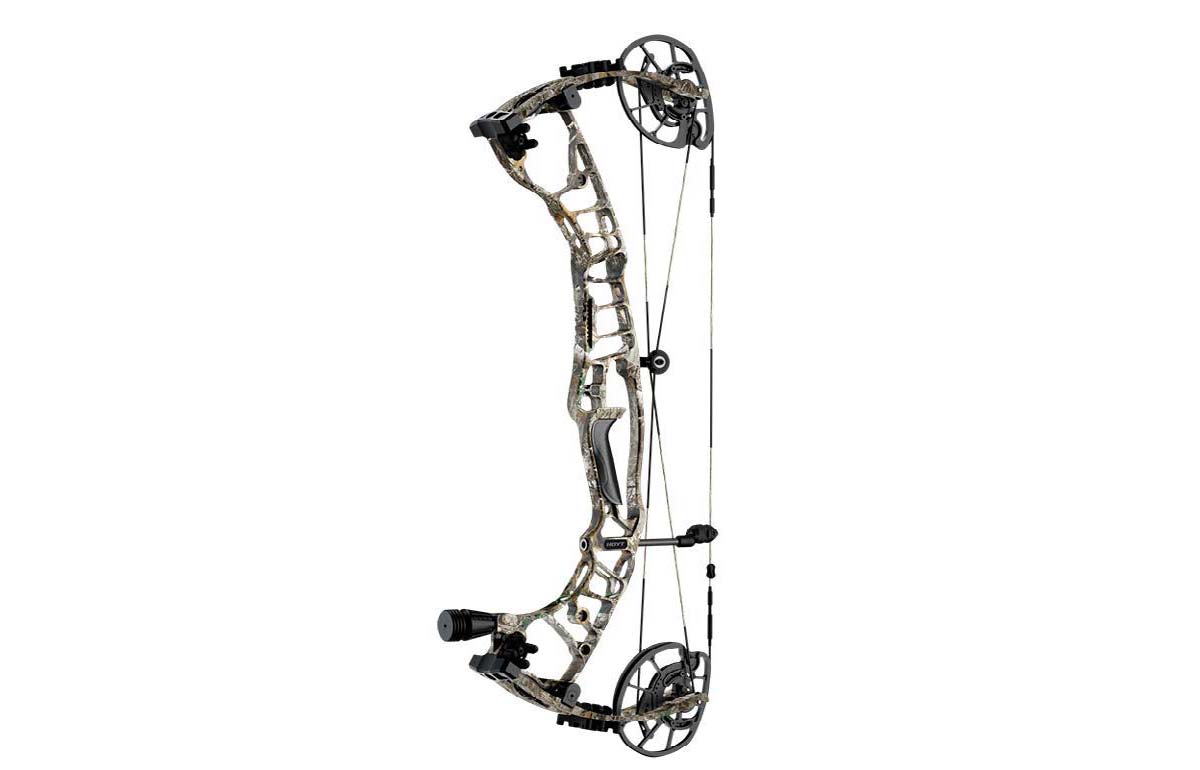
1960s
This is likely the most important period of invention for modern archery. The compound bow was invented by H.W. Allen Jr. It was his idea to apply the use of pulleys and cables to increase energy and decrease holding weight. The official patent was secured in 1969.
1970s-1980s
Allen bows were sold throughout the ‘70s and became quite popular. However, Tom Jennings’ company also took off and also sold many compound bows. According to Archery 360, Allen allowed Tom Jennings to modify his four-wheel bow into a two- wheel model that was much easier to draw and use. This device took off and became quite popular. It wasn’t long before eight different companies were making compound bows. Martin Archery, especially, made huge modifications to the technology, making compound bows even more effective.
In 1972, Richard Maleski invented the WASP broadhead, which some call the godfather of fixed-blade projectiles. Things changed a bit with bows in the 1980s, but the spotlight shined on projectiles. In 1982, Easton released carbon shafts. Greg Johnson perfected a very effective and marketable mechanical broadhead—the Rocket Aerohead, which was released in the late 1980s. Archery accessories really began taking shape during this time, too, including release aids.
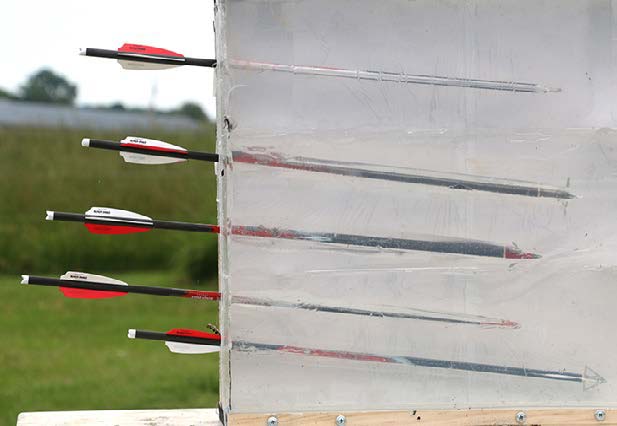
1990s
Mathews Archery made great advance- ments on the single-cam bow. A charge led by Matt McPherson, this revolution- ized modern archery. Archery 360 reports that it implemented a wheel on the top limb to control the string movement. This development allowed the bow to match or outperform most dual-cam bows on the market, while still shooting more smoothly and quietly. Parallel limb concepts also started to emerge. Regard- less, most bows retained a more vertical profile during this period.
2000s
Bow companies continued to leap forward and grasped onto parallel limb technology. Cams and risers continued to change and improve as well. The market became saturated as even more companies began manufacturing archery products. Broadheads also really began to take a different shape. Fixed blade options remained more popular, but mechanical heads were gaining significant steam. The landscape was shifting.
2010s
Just as had occurred in the 2000s, the decade starting in 2010 produced intense competition, forcing companies to begin making bows that reached greater and greater speeds. Let-off percentage, bow quietness, tuneability and versatility also saw big jumps in improvements. Cams also continued to change and modify. Around 2014-15, Mathews released its famous No Cam model, and this spurred even more change in the industry.
Around this time, mechanicals became wildly popular and overtook fixed blades by an impressive margin. Hybrid models, which include two fixed blades and two mechanical blades, also arrived on the scene. Consumers flocked to these as well.
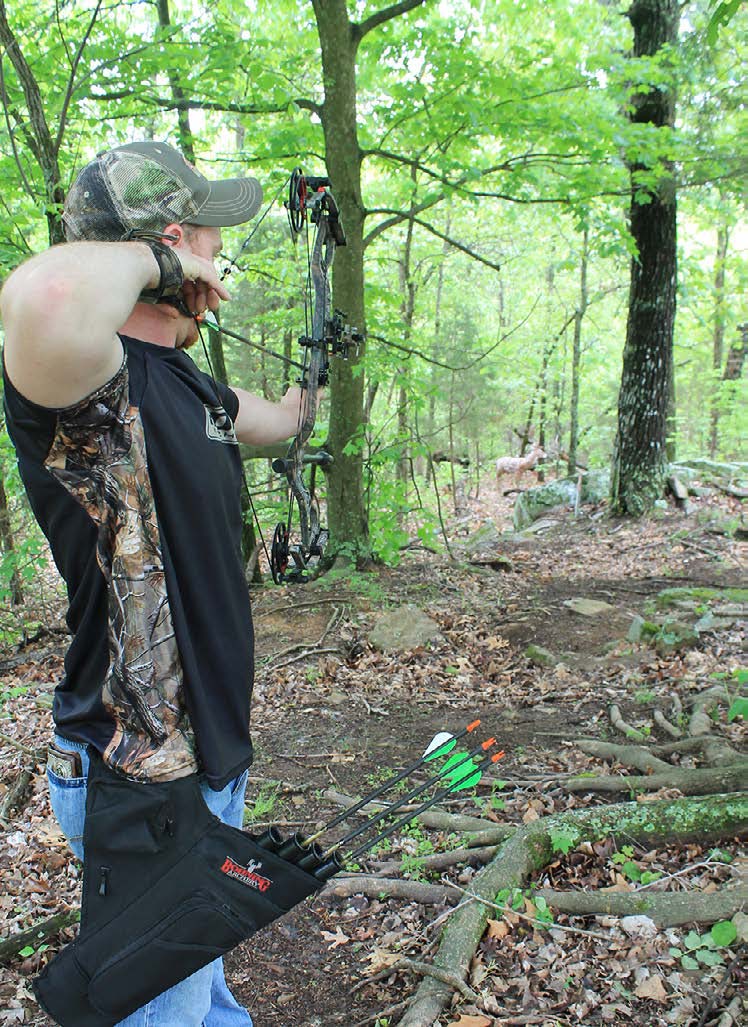
THE PRESENT AND THE FUTURE
Modern archery is further along than ever before. While some say the technology is nearing its peak, others disagree. The truth is, it doesn’t matter. If we continue to enjoy archery and share it with others, we’re doing everything we need to do.
Back in Style: The Traditional Way of Life
While we now have modern compound bow technology available, some hunters still enjoy the challenge and heritage found in traditional archery style. One of these is Johnathan Karch, president of 3Rivers Archery.
“There’s so much added to the shot with traditional archery,” Karch says. “When you bring it down to its bare basics, there’s a lot of reward. When you’re able to connect, make it happen, and shoot that perfect shot, it’s satisfaction.”
Of course, while there are similarities between traditional and compound archery, these are more different than alike. “There’s no breakover in your draw length,” Karch says. “It’s 100% reliant on you as the archer to make everything work. Having that responsibility can be unnerving for folks. It’s all about form. Focus, focus, focus on the form. Having that as perfected as you can will pay dividends down the road. Having that form built into your base is big.”
There are things trad hunters can do to improve their performance. Practice is utmost and foremost. Optimizing gear is necessary, too.
“Precision-tuned arrows are worth it, so buy test kits,” Karch continues. “Try different things. When everything is right, that’s when you’ll start elevating your game, competitively or when hunting.”
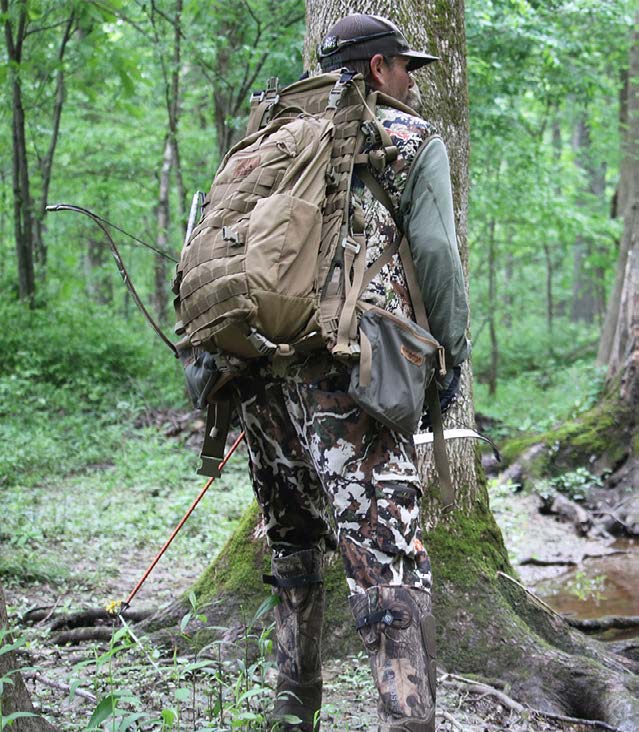
For those who are still intimidated by traditional archery, please don’t be. It’s more fun than it is challenging. “The challenge is appealing to someone who is starting out,” Karch says. “They like it because it is very rewarding. But start close. Don’t start at 20 yards. Start at 5 yards and back up from there.
“Work out a shooting routine,” Karch adds. “That might not be every day, but let’s pick what’s doable, and even a little shooting is better than no shooting. If you can only get out twice per week, that’s better than starting in September for an October hunt.”
Overall, despite the modern advancements of compound archery, many archers are returning to traditional equipment or shooting it in addition to using their compound gear.
“We’re seeing a lot of growth,” Karch says. “Under normal living, there was a cycle for it. You would see it hit a growth phase every 10 years or so. People would come off the compound looking for a challenge. Currently, since media and pandemics have come into play, we’ve seen a lot more growth.”

Per our affiliate disclosure, we may earn revenue from the products available on this page. To learn more about how we test gear, click here.



